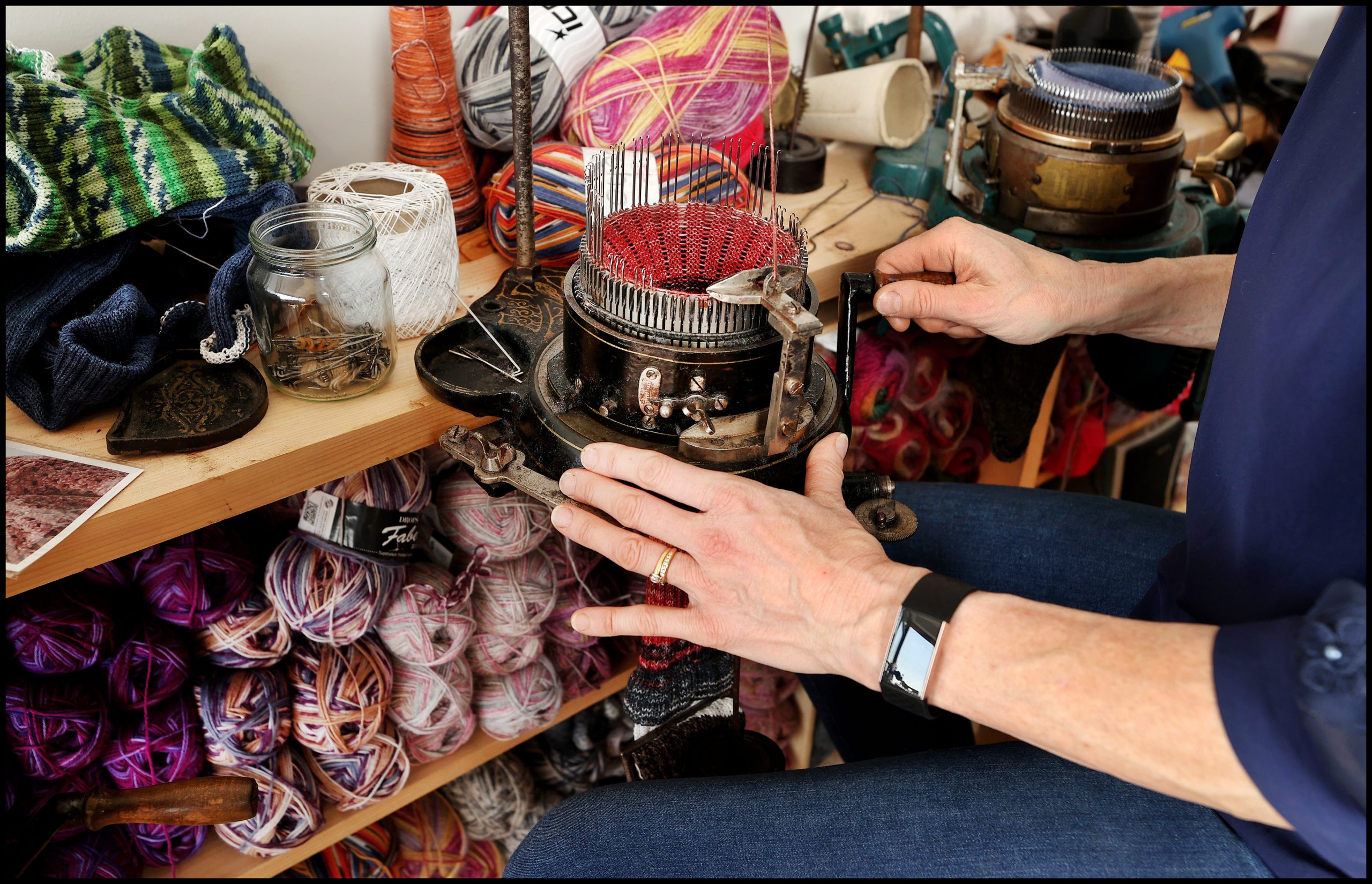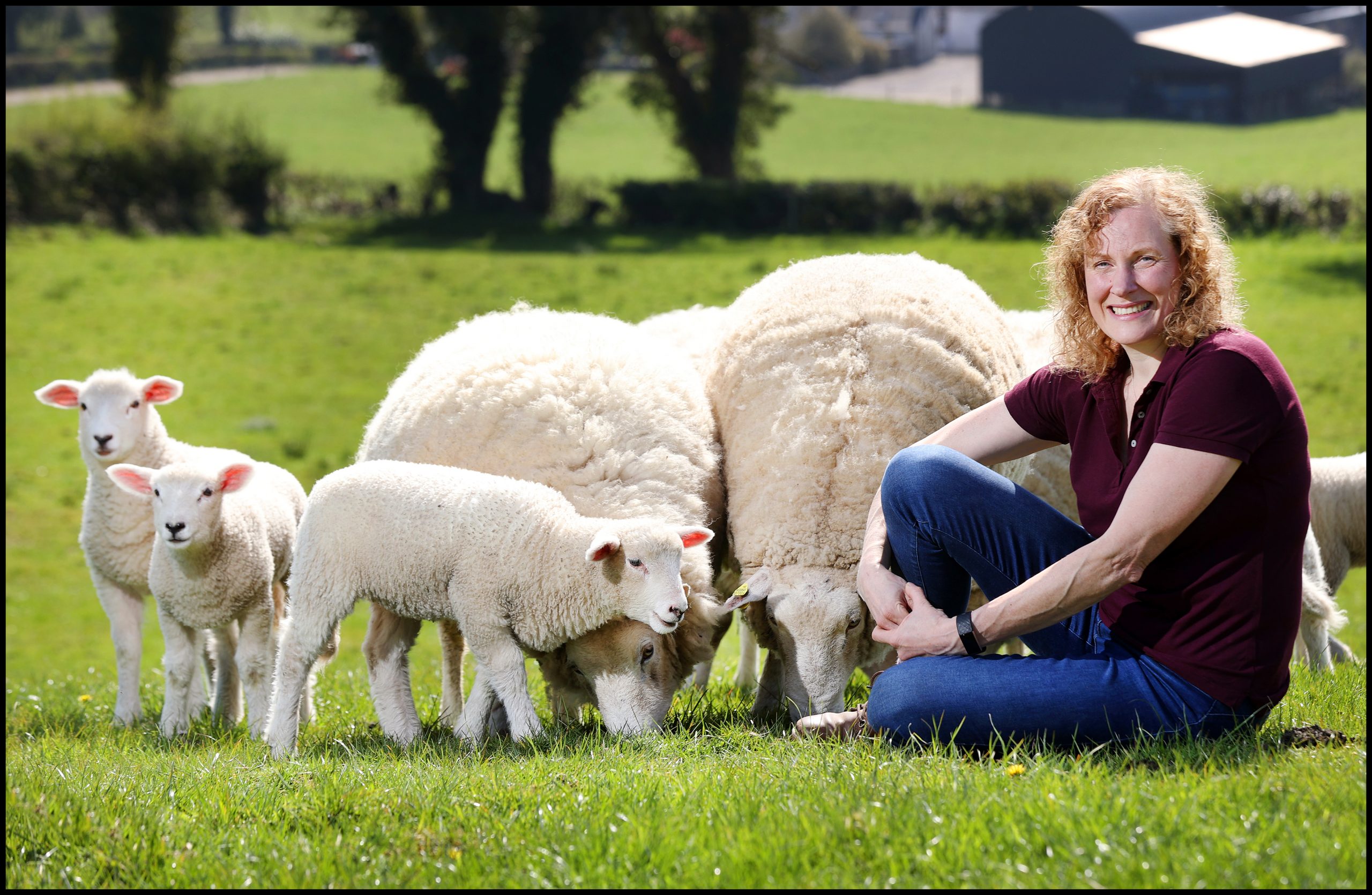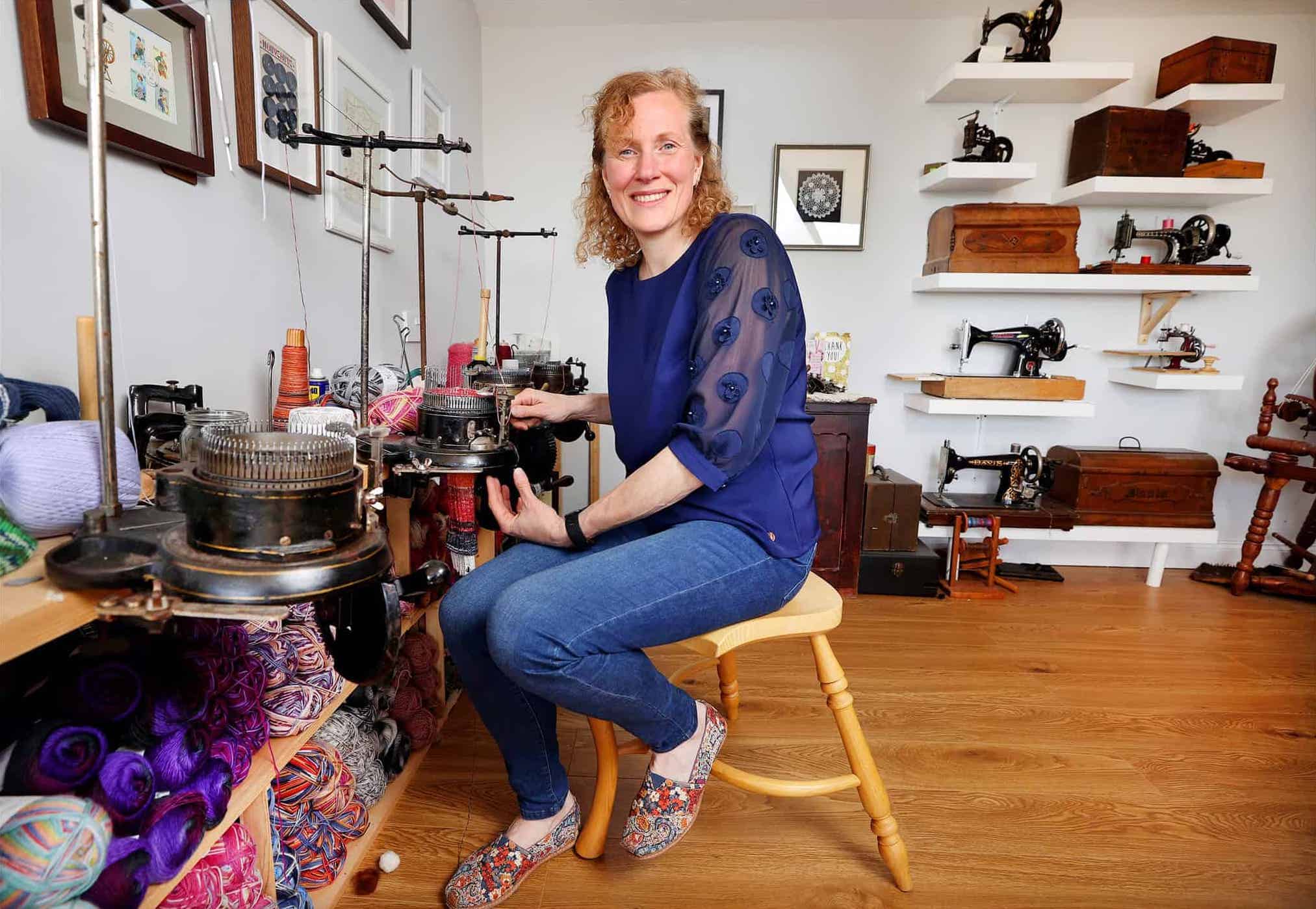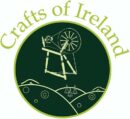our story
Our Story
A love of our heritage and our crafts brought me to where we are today, all my life I have enjoyed creating, learning and experiencing, from a young child I could be found making something… it didn’t matter what materials I was using or what the end piece was, from baking cakes to sewing and embroidering with my mother to learning how to replace handles in farm tools with my grandfather in his shed.
For as long as I can remember I have been actively involved in farm work and learned to drive a tractor as soon as I could reach the steering wheel, Easter holidays were spent planting a vegetable garden and long summers in the bog. We had a wonderful upbringing, exposed to outdoors and always believing that anything was possible if you tried hard enough.
When I finished school I got a job with An Post, it was only temporary to start with but became my career for 25 years, in the final years the longing to work full time in crafts was always on my mind, I had already set up Crafts of Ireland and was teaching crafts to small groups and all the time learning new skills myself.
An opportunity came in late 2017 when I got the offer of accepting a severance package, I knew that it was then or never and took the plunge. Crafts of Ireland became my full time occupation and all the skills that I had learned throughout my life were being put to good use. The hours spent baking in the kitchen, the numerous craft skills and a very helpful family finally gave me the opportunity to follow my dreams.
The learning of new skills and improving of my existing skills continued. In 2018 I achieved a distinction in wool spinning from the Associated Guild of Weavers, Spinners and Dyers, I have attended lace making workshops in traditional lace and I sit in my studio in my free time perfecting theses skills to a level that allows me to pass on my knowledge.






